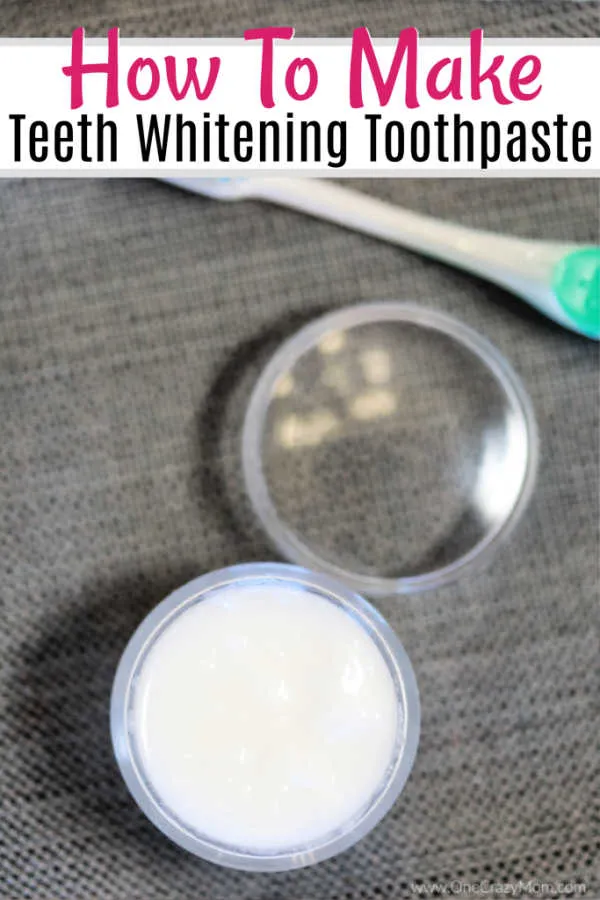What is Peroxide Teeth Whitening DIY
DIY peroxide teeth whitening involves using hydrogen peroxide, a common antiseptic and bleaching agent, to lighten the color of your teeth at home. This method offers a cost-effective alternative to professional whitening treatments. However, it’s crucial to understand the process, potential risks, and proper techniques to ensure safety and effectiveness. Many people are looking for affordable ways to improve their smiles, and DIY methods have gained popularity. However, it’s vital to approach this with caution and knowledge.
Understanding Hydrogen Peroxide
Hydrogen peroxide is the active ingredient in many teeth whitening products, both professional and over-the-counter. It works by penetrating the enamel and dentin of your teeth, breaking down stains and discoloration. The concentration of hydrogen peroxide is a critical factor; higher concentrations whiten teeth more effectively but also increase the risk of sensitivity and gum irritation. Different products contain varying concentrations, and DIY methods require careful attention to dilution to minimize harm. Choosing the correct concentration of hydrogen peroxide is the first step.
The Science Behind Whitening
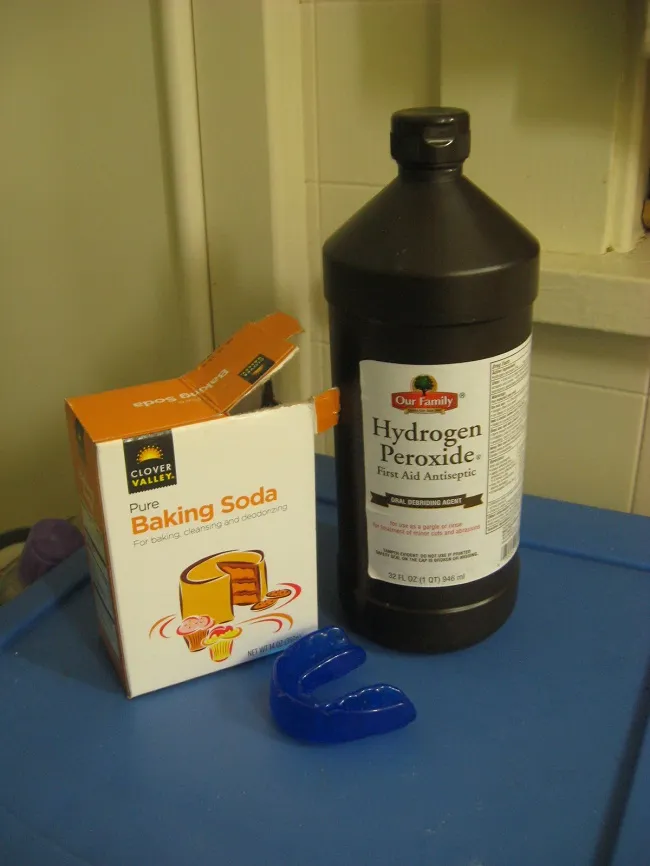
Teeth discoloration occurs due to various factors, including aging, genetics, food, drinks (like coffee and tea), and tobacco use. Hydrogen peroxide works by a process of oxidation. It releases oxygen molecules that react with the stain molecules, breaking them apart and making the teeth appear whiter. This process can take time, and the results vary depending on the type and severity of the stains and the individual’s tooth structure. The effectiveness of the whitening process also depends on the concentration and contact time of the peroxide.
Top 5 DIY Peroxide Teeth Whitening Tips
Here are the top 5 tips to safely and effectively whiten your teeth using hydrogen peroxide at home, minimizing risks and maximizing results. Following these guidelines can help you achieve a brighter smile. Always consult your dentist before starting any DIY teeth whitening procedure to ensure it is suitable for your specific dental condition.
Tip 1 Dilution is Key
Never use undiluted hydrogen peroxide on your teeth. The concentration of hydrogen peroxide found in most drugstores is typically 3%, which can be too strong. Diluting it to a safer concentration, such as 1.5% or less, is essential to prevent gum irritation and tooth sensitivity. Always start with a lower concentration and gradually increase it if needed, monitoring your teeth’s and gums’ reaction. This ensures that you reduce any possible harm. A higher concentration doesn’t necessarily mean better results, but it certainly means more possible damage.
How to Dilute Peroxide Safely
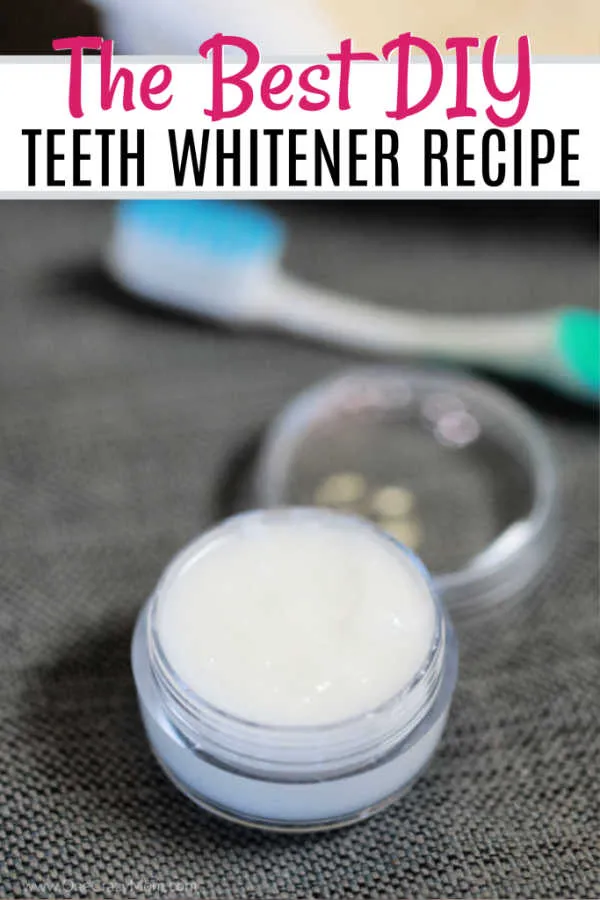
To dilute hydrogen peroxide, mix it with distilled water. A simple method is to combine equal parts of 3% hydrogen peroxide and water to achieve a 1.5% solution. Always use fresh solutions, and do not store diluted peroxide for extended periods, as it may lose its potency. Ensure accurate measurement and mixing to ensure the desired concentration. Make sure to use a clean container for mixing and application to avoid contamination. Before use, perform a patch test on a small area of your gum to test for any possible reactions.
Tip 2 Baking Soda Booster
Baking soda, a mild abrasive, can enhance the whitening effect of hydrogen peroxide. Mixing it with hydrogen peroxide creates a paste that can help remove surface stains. Baking soda helps in gently scrubbing the teeth’s surface, removing plaque and stains and giving teeth a brighter look. Using baking soda can give some people noticeable results. However, using it excessively can damage the enamel, so use it with caution.
Creating the Baking Soda and Peroxide Paste
To create a paste, mix a small amount of baking soda with diluted hydrogen peroxide until it forms a paste. The consistency should be thick enough to stay on your teeth but not too abrasive. You can also add a drop of toothpaste to improve the taste and provide additional cleaning agents. The paste should be used in moderation to avoid damaging the enamel. Always rinse your mouth thoroughly after using the paste and avoid swallowing any of the mixture.
Tip 3 Application Methods
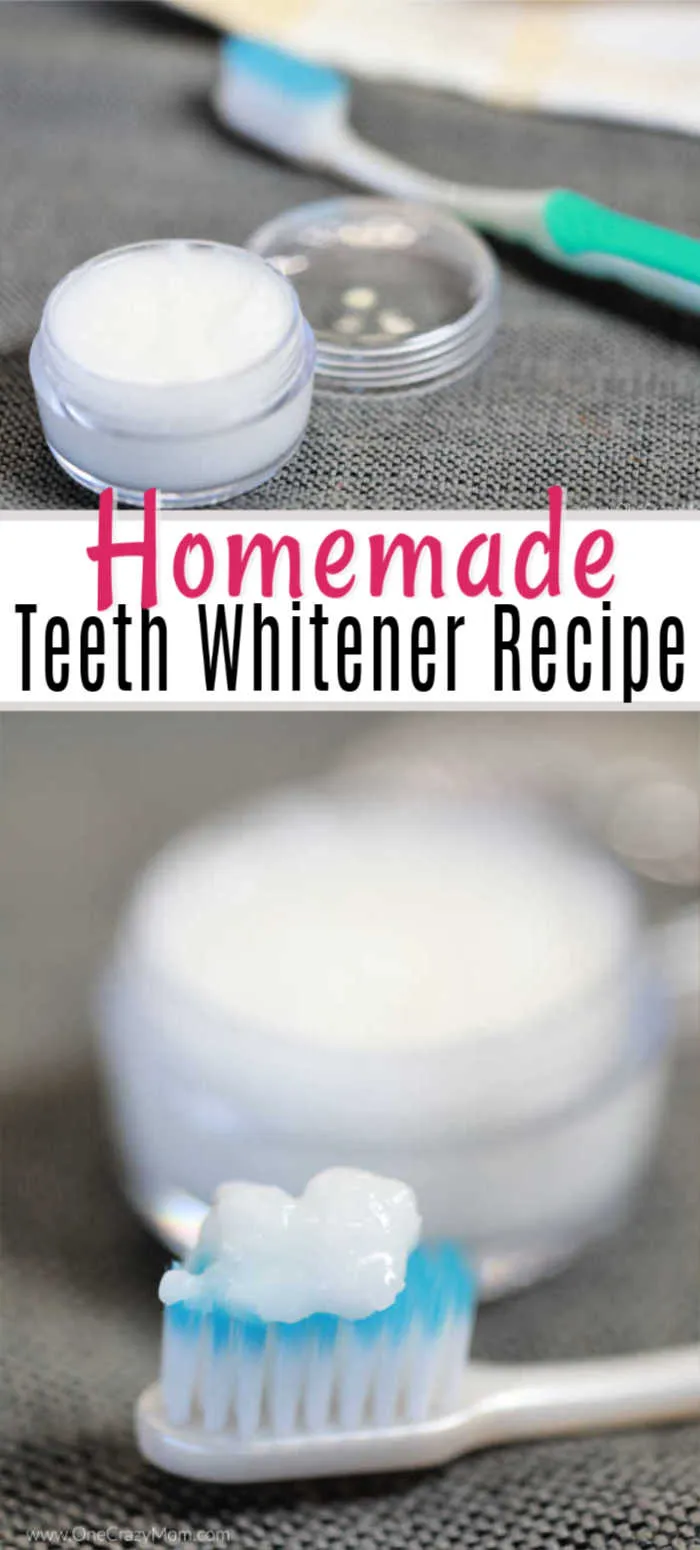
There are several ways to apply the hydrogen peroxide solution or paste to your teeth. Choose the method that best suits your comfort and convenience. Ensure the paste or solution comes into contact with all tooth surfaces for even whitening. Avoid applying the solution excessively and do not ingest the product. Using the right application technique can improve the results and prevent potential damage.
Using a Toothbrush
Apply the paste to your toothbrush and gently brush your teeth. Use a soft-bristled toothbrush and brush in small, circular motions for about two minutes. Ensure you reach all surfaces of your teeth and avoid applying too much pressure, which can damage the enamel. Rinse your mouth thoroughly with water after brushing.
Using a Cotton Swab
Dip a cotton swab into the diluted hydrogen peroxide solution or paste and apply it directly to your teeth. This method provides more control over the application, especially if you have sensitive areas. Ensure even coverage and avoid contact with your gums to prevent irritation. Leave the solution on your teeth for a few minutes before rinsing.
Tip 4 Time and Frequency
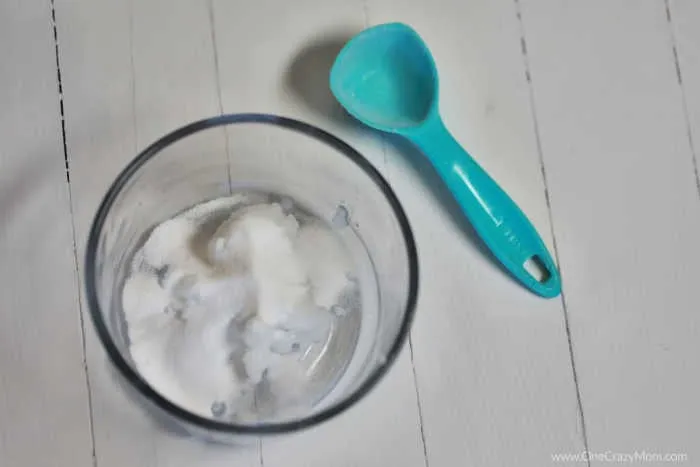
Consistency and moderation are key when it comes to DIY peroxide teeth whitening. Overuse can lead to damage. Start with a few sessions per week and gradually increase the frequency if your teeth tolerate it well. Monitor your teeth’s and gums’ reaction closely and stop if you experience any sensitivity or irritation.
How Often to Whiten
Limit your sessions to once or twice a week. Avoid daily use, as this increases the risk of enamel damage and sensitivity. Pay attention to your teeth’s response and adjust the frequency accordingly. If you notice any changes or discomfort, reduce the frequency or stop the treatment immediately.
How Long to Apply
Do not leave the solution or paste on your teeth for extended periods. A few minutes is usually sufficient. Longer exposure increases the risk of irritation. If you’re using a toothbrush, brush for no more than two minutes. If using a cotton swab, leave the solution for about one to two minutes, then rinse your mouth thoroughly with water.
Tip 5 Post-Whitening Care
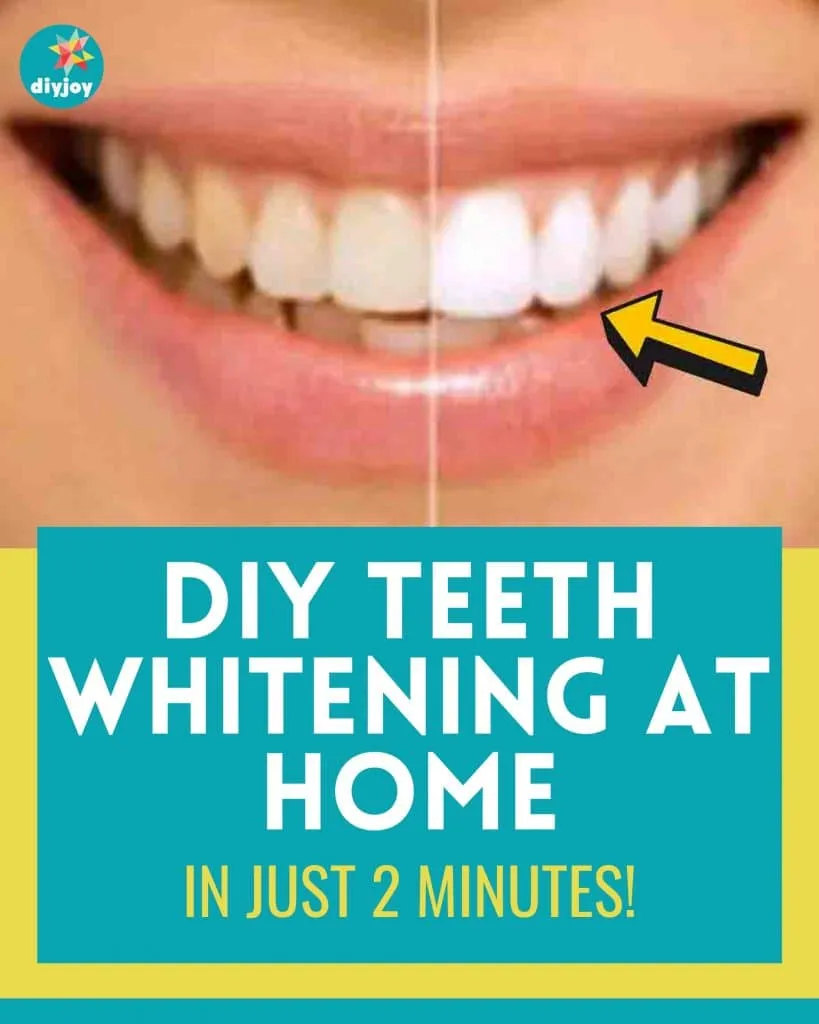
After whitening your teeth, be mindful of what you eat and drink. Some foods and beverages can stain your teeth, especially immediately after whitening. Maintaining proper oral hygiene and avoiding staining foods and drinks will help you maintain your bright smile.
Avoiding Staining Foods
Foods and drinks like coffee, tea, red wine, berries, and dark sauces can stain your teeth. Minimize your consumption of these items, especially for a few days after whitening. Consider using a straw for beverages to reduce contact with your teeth. If you do consume staining foods, rinse your mouth with water immediately afterward.
Maintaining Your White Smile
Brush your teeth twice daily with a fluoride toothpaste and floss daily. Regular dental checkups and cleanings are essential to maintaining your oral health and the results of your whitening efforts. Consider using a whitening toothpaste to help maintain your teeth’s brightness. Use mouthwash after brushing to remove any residue.
Potential Risks and Side Effects
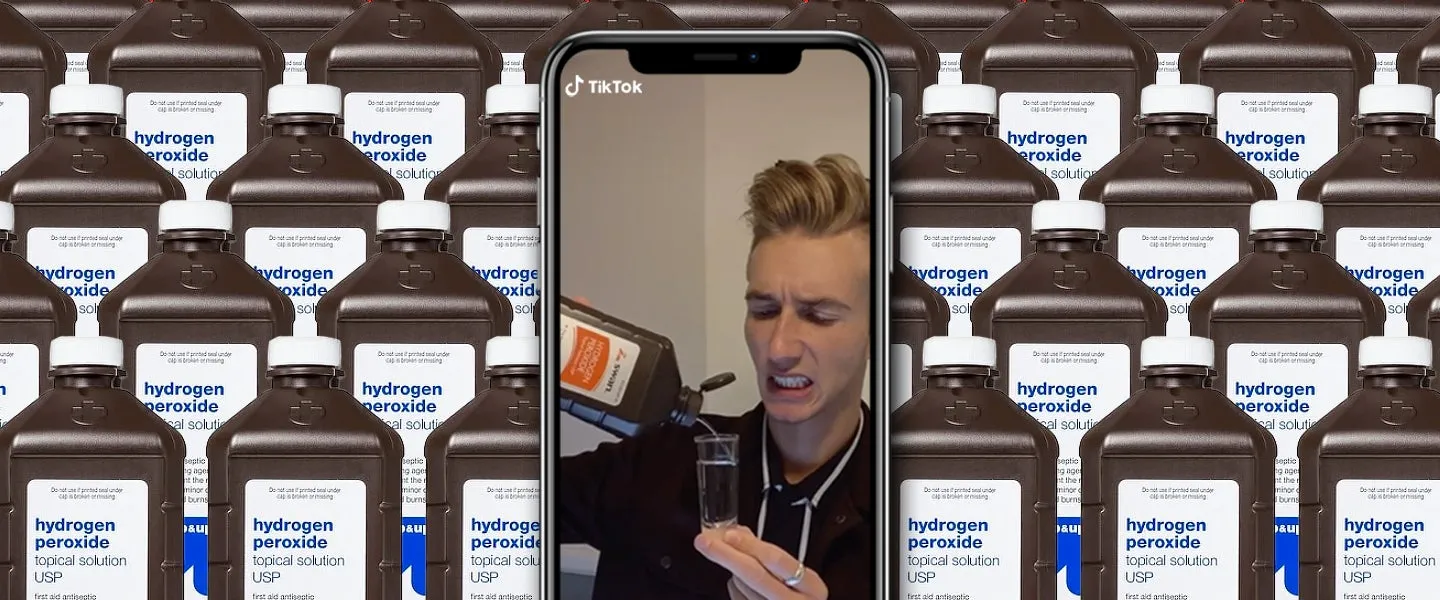
While DIY peroxide teeth whitening can be effective, it is essential to be aware of the potential risks. Improper use can lead to various side effects and damage. Always consult with a dentist before you begin and monitor your teeth’s reaction. Taking preventive measures and knowing what side effects to look out for are extremely important to ensure the safety of the procedure.
Sensitivity and Irritation
The most common side effects are tooth sensitivity and gum irritation. If you experience these symptoms, reduce the frequency of your whitening sessions or discontinue the treatment. Use a toothpaste designed for sensitive teeth. If the sensitivity or irritation persists, consult your dentist for advice.
When to See a Dentist
If you experience severe or persistent sensitivity, gum pain, or other issues, consult your dentist immediately. They can assess the damage and recommend appropriate treatment. Regular dental checkups are crucial for monitoring your oral health and ensuring the safety of your teeth whitening efforts.
